In 2025, the demand for efficient AC condenser units is soaring, driven by technological advancements and environmental concerns. This article delves into crucial factors for selecting the ideal unit, offering valuable insights for professional buyers to make informed decisions, ensuring optimal performance and sustainability.
Table of Contents:
– AC Condenser Unit Market Overview
– In-Depth Market Analysis of AC Condenser Units
– Key Factors When Selecting an AC Condenser Unit
– Importance of Regular Maintenance
– Advanced Features and Technologies
– Ensuring Compliance with Safety Standards
– Final Thoughts
AC Condenser Unit Market Overview
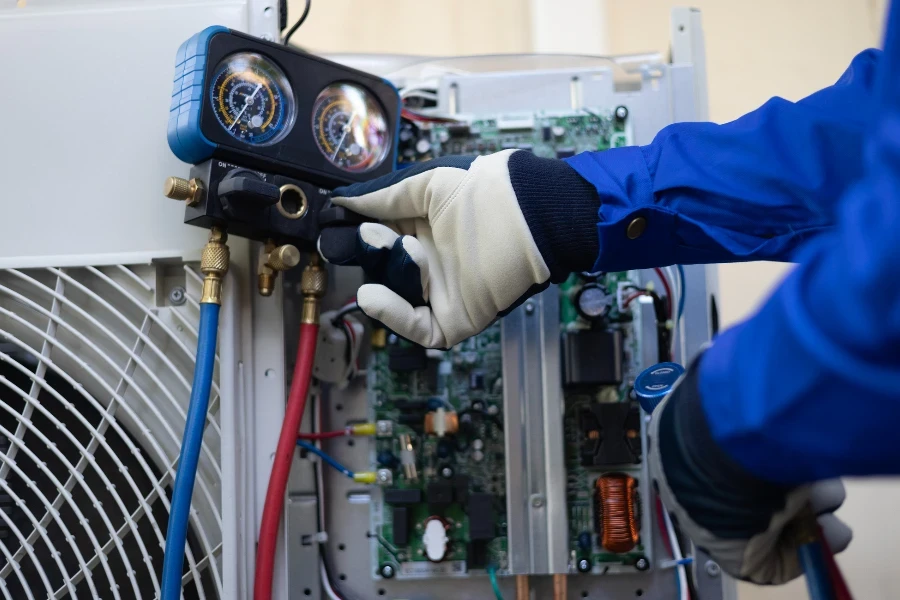
The AC condenser unit market is experiencing significant growth due to rising global temperatures and the increasing demand for efficient cooling solutions. According to the 2024 Condensing Units for Air-Conditioners Wholesale Global Market Size & Growth Report, the market size is projected to reach USD 195.38 billion by 2030, with an expected growth rate of 5.3% CAGR. Technological advancements, urbanization, and the need for improved indoor air quality are driving this growth.
The Asia-Pacific region is expected to dominate due to rapid urbanization and industrialization, particularly in China and India. The demand for air conditioning units in residential, commercial, and industrial sectors continues to rise, contributing to market expansion.
Key sales channels for AC condenser units include warm air heating and air-conditioning equipment wholesalers, refrigeration equipment wholesalers, and plumbing and heating equipment wholesalers. These channels are crucial for distributing products to various end-users, ensuring market penetration. The competitive landscape includes top banks, consulting firms, and Fortune 1000 companies relying on market research for strategic planning and growth.
In-Depth Market Analysis of AC Condenser Units
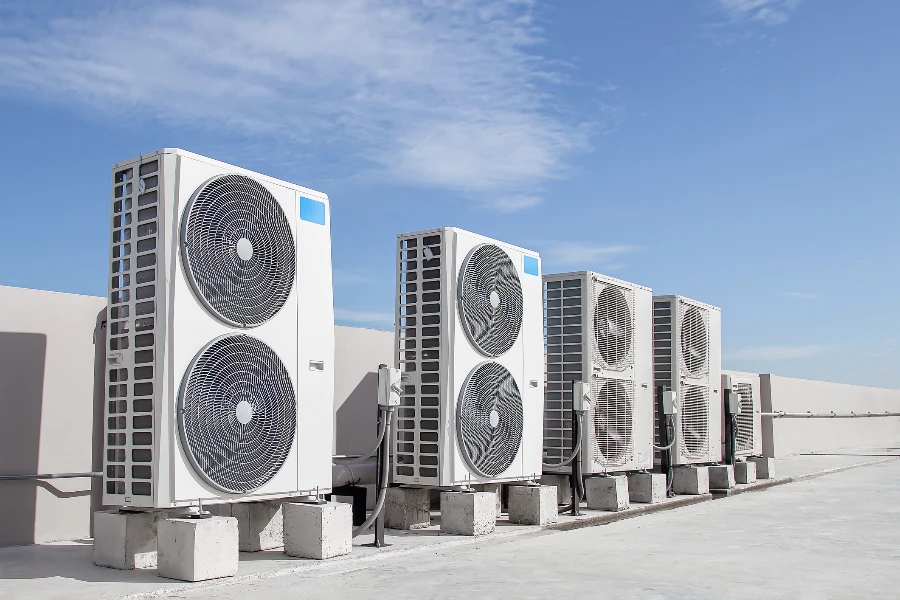
The AC condenser unit market is characterized by key performance benchmarks such as energy efficiency, cooling capacity, and technological integration. Energy-efficient models are popular as consumers and businesses aim to reduce operational costs and comply with environmental regulations. The adoption of smart technologies, like IoT and AI-driven systems, enhances functionality and connectivity, appealing to tech-savvy consumers.
Leading manufacturers such as Daikin Industries, Mitsubishi Electric, and Carrier Corporation hold significant market shares. These companies continuously innovate, introducing models with advanced features like inverter technology and eco-friendly refrigerants. Economic influences include fluctuating raw material prices and regulatory pressures related to energy consumption and environmental impact.
Consumer behavior shows a growing preference for online distribution channels due to the convenience and accessibility of e-commerce platforms. The COVID-19 pandemic accelerated this trend as consumers prioritized safety and social distancing. Online sales channels provide detailed product information, customer reviews, and competitive pricing, enhancing the purchasing experience.
Recent innovations include solar-powered air conditioning units and hybrid systems combining traditional cooling methods with renewable energy sources. These advancements meet the demand for sustainable and energy-efficient solutions. The product lifecycle of AC condenser units is influenced by technological advancements, offering longer lifespans and reduced maintenance requirements.
Digitalization has transformed the market, with manufacturers using data analytics and machine learning to optimize product performance and predictive maintenance. Social trends, such as increased awareness of environmental sustainability, drive the adoption of energy-efficient and eco-friendly cooling solutions.
Customer pain points include high initial costs, energy consumption concerns, and the need for regular maintenance. Manufacturers address these issues by offering financing options, extended warranties, and energy-saving features. Brand positioning strategies highlight the benefits of advanced technologies, energy efficiency, and environmental sustainability.
Differentiation strategies involve offering customizable solutions to meet diverse climatic needs and exploring niche markets in developing regions. Companies like Panasonic, LG Electronics, and Samsung Electronics invest in research and development to introduce innovative products catering to specific consumer demands.
Niche markets, such as commercial refrigeration and industrial cooling, present significant growth opportunities. These segments require specialized cooling solutions with higher performance benchmarks and reliability. The integration of smart technologies and eco-friendly refrigerants enhances the appeal of products in these markets.
Key Factors When Selecting an AC Condenser Unit
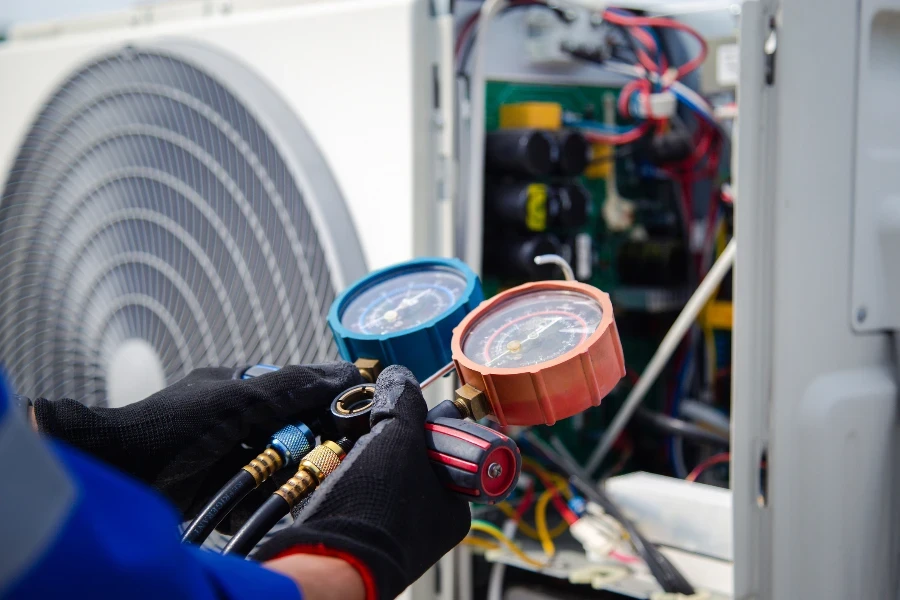
When selecting an AC condenser unit, several key factors need to be considered to ensure optimal performance and longevity. These factors range from technical specifications to regulatory compliance, significantly impacting the system’s efficiency and reliability.
Technical Specifications
Technical specifications determine the suitability of an AC condenser unit for a specific application. These include cooling capacity, electrical requirements, and refrigerant type.
Cooling Capacity: Measured in BTU/hour or tons, cooling capacity defines the amount of heat the condenser can remove. For instance, a commercial data center might require a unit with a higher cooling capacity than a small office space. Manufacturers often provide sizing tools to help determine the appropriate capacity based on the specific cooling load.
Electrical Requirements: AC condenser units operate on specific voltage and frequency standards, such as 115V/60Hz for residential units or 230V/60Hz for commercial applications. Ensuring compatibility with the existing electrical infrastructure is crucial for safety and efficient operation.
Refrigerant Type: The type of refrigerant affects both performance and environmental impact. Common refrigerants include R-410A and R-32, each with different properties in terms of efficiency and global warming potential (GWP). Selecting a unit with a refrigerant that aligns with current environmental regulations is essential for compliance and sustainability.
Build Quality and Materials
The build quality and materials used in constructing an AC condenser unit significantly influence its durability and performance.
Material Selection: Common materials for condenser coils include copper, aluminum, and stainless steel. Copper offers excellent thermal conductivity but may corrode in certain environments. Aluminum is lightweight and resistant to corrosion but has lower thermal conductivity than copper. Stainless steel is highly durable and resistant to corrosion but is more expensive and has lower thermal conductivity.
Durability: The overall build quality, including the robustness of the housing and the quality of internal components, determines the unit’s ability to withstand harsh operating conditions. Units designed for outdoor use should have weather-resistant features to protect against rain, snow, and UV radiation.
Maintenance Requirements: Units with easily accessible components and user-friendly designs can simplify maintenance tasks, reducing downtime and extending the system’s lifespan. Features such as removable panels and washable filters contribute to easier and more efficient maintenance.
Energy Efficiency
Energy efficiency is critical for both economic and environmental reasons. High-efficiency AC condenser units consume less power, reducing operational costs and minimizing environmental impact.
Efficiency Ratings: Energy efficiency can be assessed using metrics such as the Seasonal Energy Efficiency Ratio (SEER) and the Energy Efficiency Ratio (EER). Higher SEER and EER values indicate better efficiency. For example, a unit with a SEER rating of 16 is more efficient than one with a SEER rating of 14.
Advanced Technologies: Modern AC condenser units may incorporate advanced technologies such as variable speed compressors and smart thermostats. Variable speed compressors adjust the cooling output to match the demand, enhancing efficiency and comfort. Smart thermostats allow for remote monitoring and control, optimizing energy usage based on occupancy patterns and weather conditions.
Regulatory Compliance: Compliance with energy efficiency standards and certifications, such as those from the Air-Conditioning, Heating, and Refrigeration Institute (AHRI) or the American Society of Heating, Refrigerating and Air-Conditioning Engineers (ASHRAE), ensures that the unit meets established performance criteria and contributes to sustainability goals.
Compatibility and Integration
Ensuring compatibility with existing systems and future upgrades is essential for seamless integration and long-term flexibility.
System Compatibility: The AC condenser unit must be compatible with the existing HVAC system components, including the evaporator coils and control systems. Mismatched components can lead to inefficiencies and operational issues.
Future Upgrades: Selecting a unit that allows for future upgrades and expansions can provide adaptability to changing needs. For example, units with modular designs can be easily expanded to increase cooling capacity as demand grows.
Interoperability: The ability to integrate with building management systems (BMS) and other smart technologies can enhance the overall efficiency and control of the HVAC system. Interoperability ensures that the AC condenser unit can communicate with other devices and systems, providing a cohesive and responsive environment.
Cost Considerations
Cost is a significant factor in the decision-making process, encompassing both initial investment and long-term operational costs.
Initial Cost: The upfront cost of the AC condenser unit includes the purchase price and installation expenses. While higher-end units with advanced features may have a higher initial cost, they often provide better performance and efficiency, leading to long-term savings.
Operational Costs: Long-term operational costs include energy consumption, maintenance, and potential repairs. High-efficiency units with low maintenance requirements can reduce these costs, providing a better return on investment over time.
Warranty and Support: A robust warranty and reliable customer support can provide peace of mind and protect against unexpected expenses. Manufacturers offering comprehensive warranties and responsive support services can enhance the overall value of the AC condenser unit.
Importance of Regular Maintenance
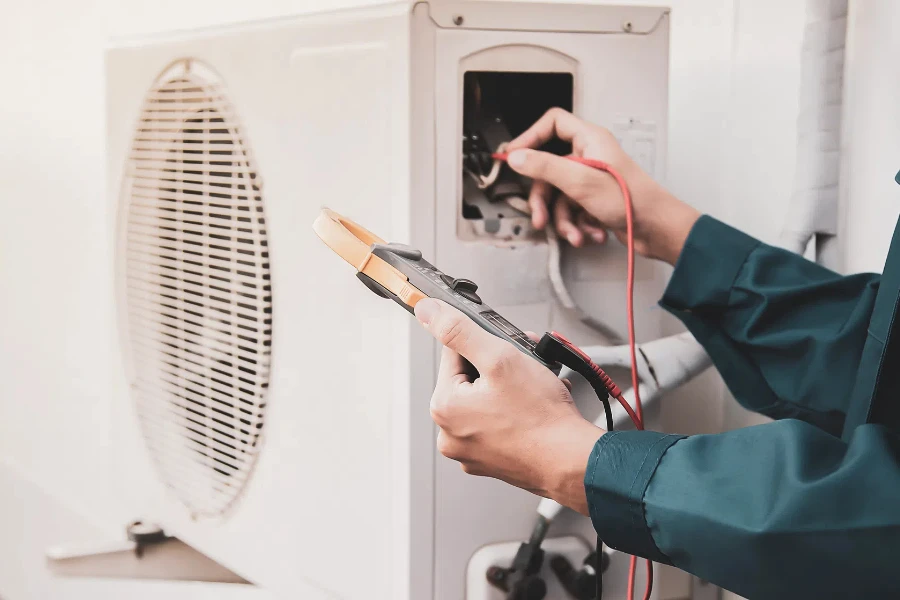
Regular maintenance is crucial for ensuring the efficient and reliable operation of AC condenser units. Neglecting maintenance can lead to various issues, including reduced efficiency, increased energy consumption, and potential system failures.
Preventative Maintenance: Tasks such as cleaning filters, inspecting coils, and checking refrigerant levels can help identify and address issues before they escalate. Regular maintenance schedules should be established to ensure these tasks are performed consistently.
Professional Inspections: Professional inspections by qualified HVAC technicians can provide a thorough assessment of the system’s condition. Technicians can identify underlying issues, perform necessary repairs, and optimize the system’s performance.
Seasonal Maintenance: Seasonal maintenance, particularly before the peak cooling season, can ensure that the AC condenser unit is operating at its best. This includes tasks such as cleaning the condenser coils, checking electrical connections, and testing the system’s overall functionality.
Advanced Features and Technologies
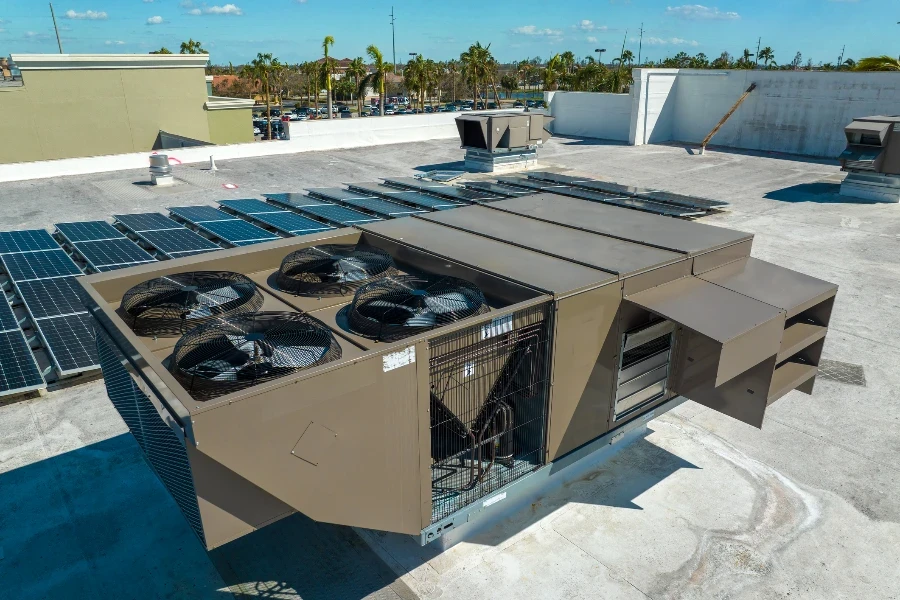
Modern AC condenser units incorporate advanced features and technologies to enhance performance, efficiency, and user convenience.
Variable Speed Compressors: Variable speed compressors adjust the cooling output to match the demand, providing precise temperature control and improved efficiency. These compressors operate at lower speeds during periods of low demand, reducing energy consumption and wear on the system.
Smart Thermostats: Smart thermostats allow for remote monitoring and control of the HVAC system. Users can adjust settings, monitor energy usage, and receive alerts for maintenance needs through smartphone apps or web interfaces. Smart thermostats can also learn occupancy patterns and adjust settings automatically for optimal comfort and efficiency.
Eco-Friendly Refrigerants: The use of eco-friendly refrigerants with low global warming potential (GWP) and zero ozone depletion potential (ODP) is becoming increasingly important. Refrigerants such as R-32 and R-290 offer improved efficiency and reduced environmental impact compared to traditional refrigerants.
Noise Reduction Technologies: Advanced noise reduction technologies, such as insulated compressor compartments and variable speed fans, can minimize the operational noise of AC condenser units. This is particularly important for residential and commercial applications where noise levels can impact comfort and productivity.
Ensuring Compliance with Safety Standards
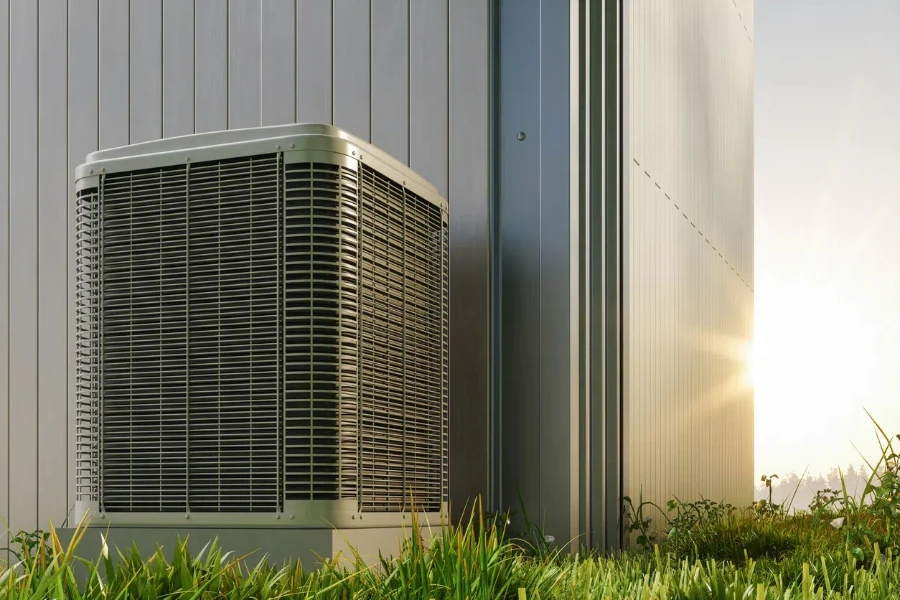
Compliance with safety standards and certifications is essential for ensuring the safe and reliable operation of AC condenser units.
Industry Standards: AC condenser units should adhere to industry standards set by organizations such as the American Society of Heating, Refrigerating and Air-Conditioning Engineers (ASHRAE), the Air-Conditioning, Heating, and Refrigeration Institute (AHRI), and Underwriters Laboratories (UL). These standards ensure that the units meet established criteria for performance, safety, and environmental impact.
Certification Programs: Certification programs, such as the AHRI Performance Certification and Energy Star certification, provide independent verification of a unit’s performance and efficiency. Units with these certifications have been tested and validated to meet stringent performance criteria.
Safety Features: Modern AC condenser units incorporate various safety features, such as thermal overload protection, pressure relief valves, and automatic shut-off mechanisms. These features help prevent accidents and protect the system from damage due to abnormal operating conditions.
Final Thoughts
In conclusion, selecting the right AC condenser unit requires careful consideration of various factors, including technical specifications, build quality, energy efficiency, compatibility, cost, maintenance, advanced features, and safety standards. By thoroughly evaluating these factors and choosing a unit that aligns with specific needs and requirements, businesses can ensure optimal performance, efficiency, and longevity of their HVAC systems.




